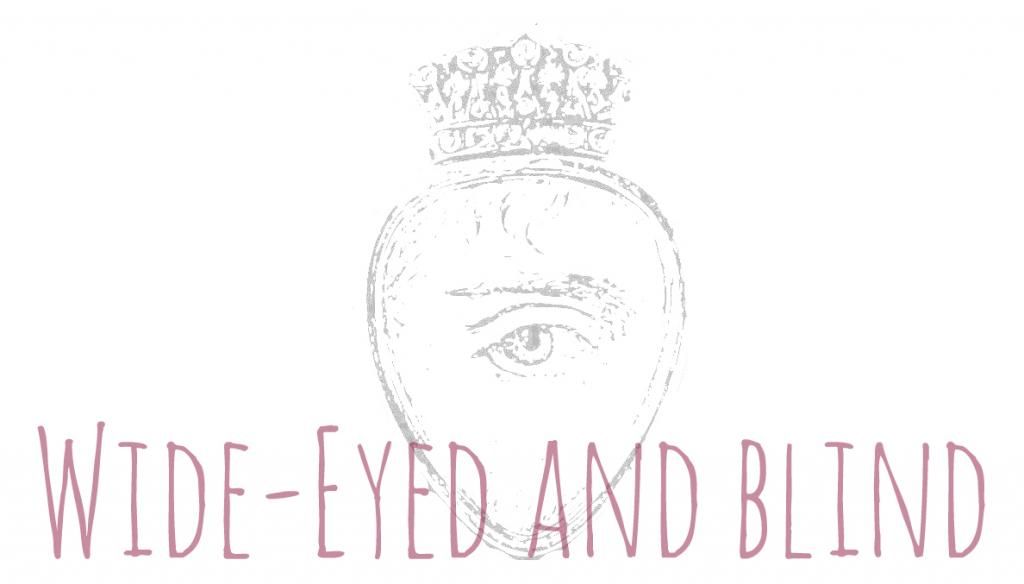Fashion legend Pierre Cardin has said many things I can't agree with or feel somewhat distasteful towards but he does make a point worth considering, especially given his expertise on the topic and many years of experience. Couture, he tells us, was once a wearable one-of-a-kind luxury but now the word has come to mean something closer to spectacle or costume. While I love my couture show-stopping, it is interesting to note that, at one time, it wasn't synonymous with period dramas on a catwalk or clothes that require special skill to wear them. Couture is now basically an extension of the French tourism board, a way to market the idea of the lifestyle France offers. Fewer houses are able to withstand the financial strain of a couture show as they almost always incur losses. They are an exercise in fancy rather than reality. This doesn't undermine the talent and creativity Couture Week displays but it does put into context how we might look at the clothes, the intended or imagined lives of the garments when designed. With only around 200 buyers in the world and an increasing attitude of creating art over design - Couture means something different today. It has to. These are investments. Installations. Things to be treated as artefacts in museums or to, in fact, be bought by museums.
One couturier, however, managed to continue the tradition that Cardin alluded to up until recently. As an alum of Chanel, the only house to claim to make a profit on their couture shows, it might make sense that Anne Valerie Hash has been the one to wave a flag for couture that's all about dressing chic, elegant women. Her education seems legible in the clothes. Sadly, it was announced that she wouldn't show again this year - further proof that couture sans a big name is a difficult thing to make work financially if not visually. But, rather than dwell on a sad note, I thought I might instead look back on one of her enduringly lovely collections from A/W 2008-9.
A skillful combination of demure and sexy. That Chanel wisdom - balance, no over-styling. Floor-trailing skirts with plunging necklines. Below the knee hems with collar-bones framed enticingly or body-con silhouettes. Shiny fabrics tamed by slinky loose fits. Traditional items given futuristic twists so organic that they seem natural, logical. No costume in sight. Tailoring and dresses. Multiple silhouettes, lengths, necklines. Again tamed - this time by the palette. Neutrals across the board, tying it together, playing it all down. Never overdone. Modern-day armour with suits worthy of kicking ass at work and dresses for the woman wearing the dress - not the other way around. Shoulder-plates, metallic fabrics, curling cut-work. But again with yin to the yang. The billowy Romantic shirts, the blushing nudes, the girlish dresses. The skill here is not only in the show-stopping beauty made of things one could actually wear, of understated things but in the creation of a collection with a complicated tapestry of influences, seemingly incompatible, that is beyond cohesive. Each piece seems the next logical conclusion. It's true artistry. Poetry in clothes. Clothes for poets. For leaders. For any woman lucky and wealthy enough to afford them.


















(Images via vogue.co.uk)
Is one couture worth more than the other? Words evolve, meanings change. Couture is no longer what Cardin's generation described it as but in order to survive, things must evolve, non?
What do you think?

No comments:
Post a Comment